Editor's note: This is a nostalgic theater.
"High-end ingredients often only require the most simple cooking methods."
When I opened a certain tone today, this classic narration is still widely circulated. The attitude towards life that takes cooking seriously has already been brimming with flavors under the BGM of the short video. As soon as you break your fingers, the documentary "A Bite of China" has been on the air for ten years!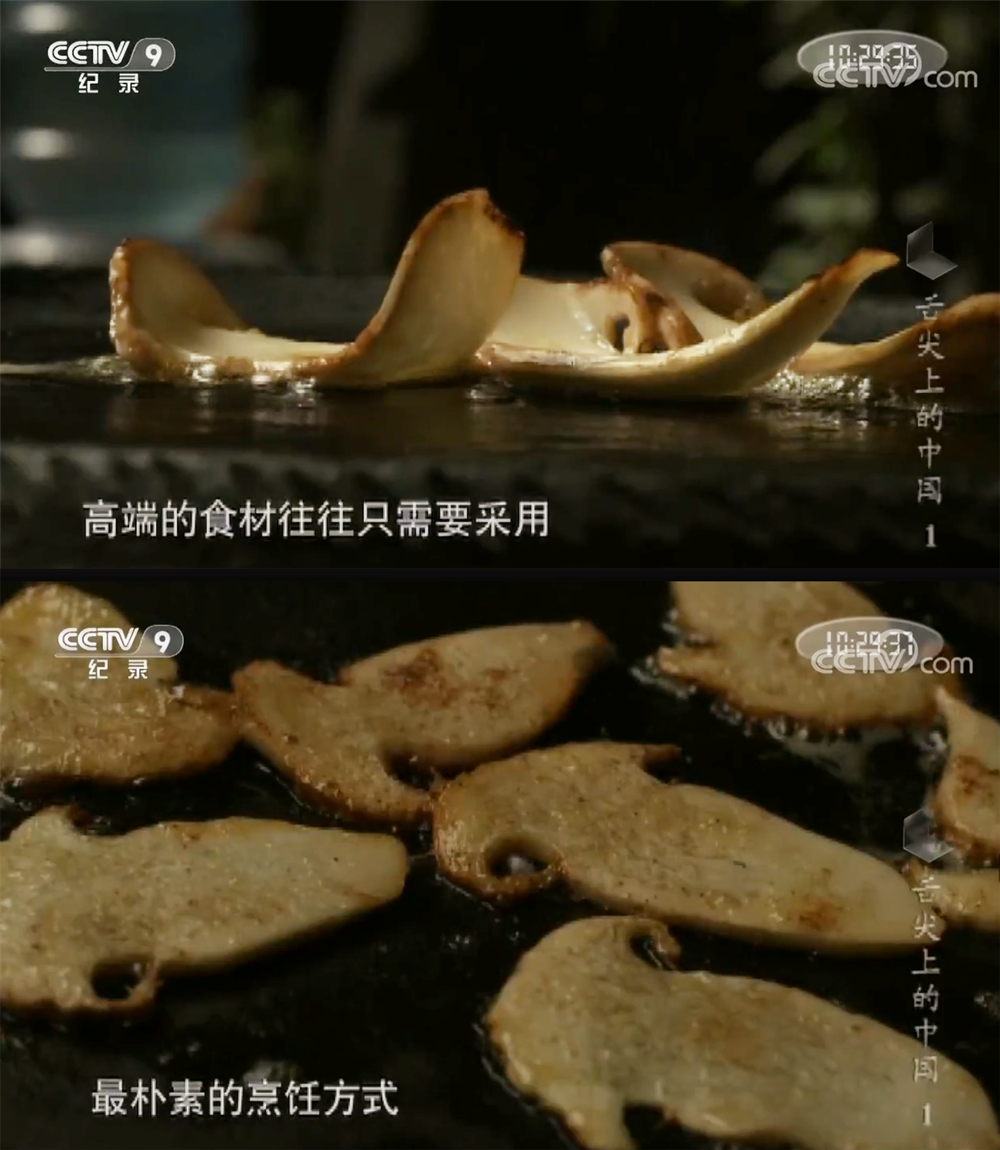

The first season brought fire snail noodles, Nuodeng ham, matsutake mushrooms, hairy tofu...

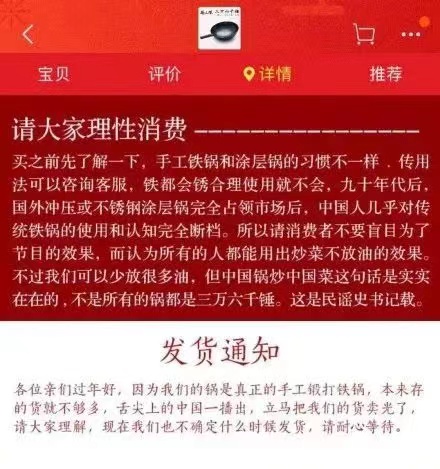
After the documentary was broadcast, the fastest-growing food products on Taobao were the original unpopular hair tofu, matsutake mushrooms, Nuodeng ham, and milk fans. Among them, the most popular is Yunnan Nuodeng ham, which has increased by 17 times in 5 days. Of the 45 hams sold by a Nuodeng ham shop on Taobao in the past month, 44 were ordered after the show started.
It can be seen that putting "poison" late at night is extremely "toxic".
"One porridge and one meal are hard to come by, and one drink and one peck are full of bitterness and sweetness."
From the collection of ingredients, the production of food, the history of food, the inheritance of production methods, and the local food culture, in "A Bite of China", we see not only the food on the table, but also the relationship between people and food. So the first season became popular because the audience learned about the real Chinese food and Chinese people from the past and present of food, the human feelings behind the food, and the world.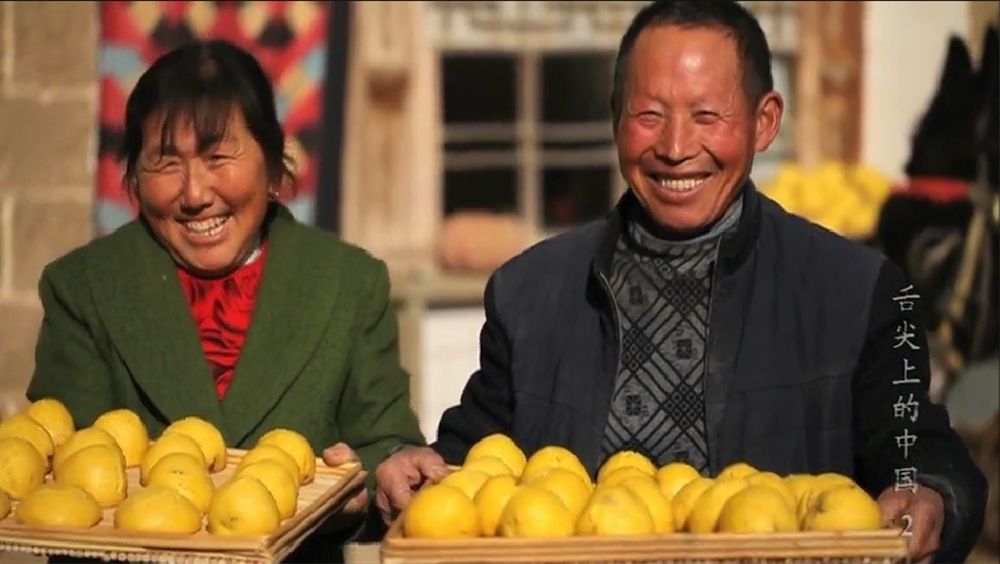
Food documentaries have grown rapidly since then. There are always those who are insomnia and dreamy, who can’t feel wronged after a breakup, and who are forced to stay up late by Party A, and survive on the food documentaries that are full of color and fragrance.
I have to say that the release of the documentary "A Bite of China" had a huge influence in that year. The two most prominent points are:
First of all, it made Chinese people pay more attention to documentaries, and domestic documentaries gradually surfaced from the ground; ten years later, not only did major platforms and video sites set up separate documentaries channels, but the number of domestic documentaries on the theaters also increased year by year.
Secondly, this well-made documentary has attracted more foreign audiences to Chinese food and traditional Chinese aesthetics, subverting the long-standing impression of Chinese food by foreigners.
After all, the Chinese food that foreigners in Chinatown are familiar with are only those "Chinese food" that Chinese people don't know, such as General Tso's chicken, beef broccoli and so on. An American talk show actor complained in the talk show that he always thought that fortune cookies were made in the back kitchen by an Asian chef who could tell fortunes. As a result, when he came to China, he found that there is no such thing in China at all!
And some professionals commented: behind the food displayed on the tip of the tongue, some people saw nostalgia, some people saw food, some people saw family affection, and some people also saw family and country feelings, everyone You can find your own interpretations and viewpoints, which is precisely the characteristics of international documentaries.
This can be proved from the wide spread of "tongue tip body". The narration of "Bite of the Tongue", I know and hear every word, but it is very new and interesting when recombined. Some people concluded that the standard format of "tip of the tongue" is: environment + character + action + purpose + mood + meaning + emotion, and then pile up some adjectives, which sounds very contagious.
For example, to describe the big fish head, the word "wonderful" is used;
For example, to describe condiments, the word "mighty" is used;
"The harsher the environment, the richer the reward";
"Thousands of mansions, only six feet of sleep at night; a wealth of wealth, but only three meals a day!"
"Human activities have contributed to the gathering of food, the separation and reunion of food, and also mobilizing the gathering and dispersing of human beings. Westerners call it 'destiny', and Chinese people call it 'fate'."
In the words of Cao Xueqin, "a little bit more refined naughty!"
Of the first season, I liked the third episode "Transformation Inspiration" the most. From the perspective of a lifelong soy product lover, I think this episode is really a collection of Chinese wisdom. Among them, the speculation on gypsum and tofu has moved me to our great cultural renaissance of the Chinese nation.
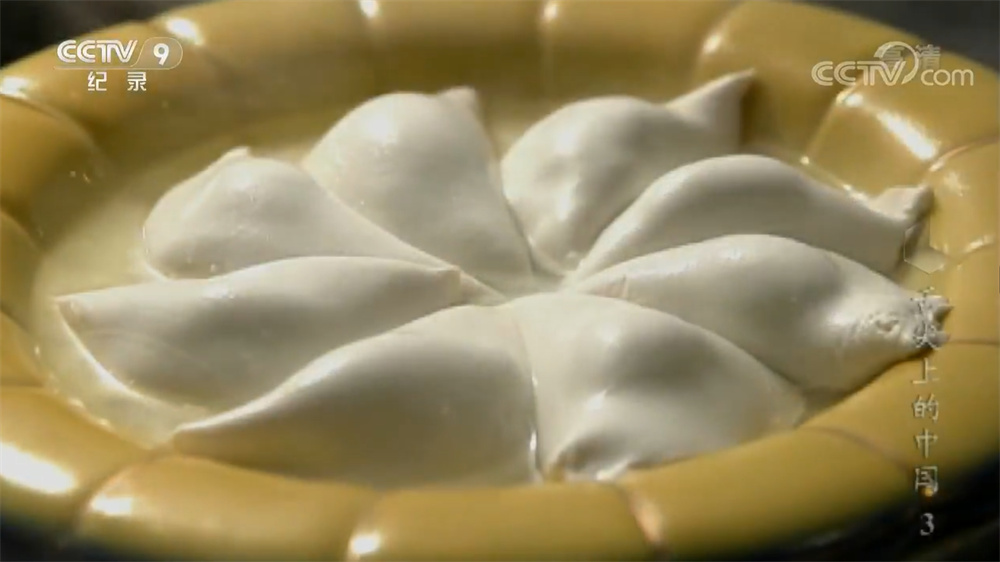
Naturally, the success of "Bite of Tongue" is inseparable from the top-notch creative team, which not only relies on Chen Xiaoqing's solid literary foundation, but also the help of senior diners such as Chen Li and Cai Lan, and also benefits from the accumulation of years of experience by executive director Ren Changzhen "Gourmet Science". Inspired by a book titled The Slow Food Movement by Italian food columnist and social activist Carlo Petrini, "Gastronomy is concerned with fields, first of all, botany, genetics, and other natural disciplines, It is to classify and protect a variety of foods; the second is physics, chemistry, choosing the best products, and studying how to prepare them; the third agriculture, animal husbandry, and crop science, concerned with high-quality production and variety of raw materials; fourth Ecology, because human beings change nature and human use in the process of production, transportation, and consumption..." She divides each episode of "A Bite of China" accordingly.
One of the most important concepts was later presented in "A Bite of China" as "The Taste in Memory". "Eat and live at a slower pace. The food is the original food, the cleanest, the most simple, and the most natural flavor."
This seriously studied shooting concept has also been extended to several directors born in the 1980s in "Bite of the Tongue 2". They were required to travel south and north within two years. Before they set off, they received more specific instructions: to be familiar with the local vegetation. Coverage, temperature and humidity, taking food under "50 yuan", taking local transportation, etc.
Therefore, this is a shame to all those who claim that "making a documentary is a low threshold", because making a documentary = scientific research, except for those who of course just want to make a documentary for their own enjoyment.
From "A Bite of China" in 2012 to "The World of Flavor" in 2018, Chen Xiaoqing can be said to "eat" and never change his heart for food. Good films such as "A String" and "Exploring Shunde" are also increasing day by day, but there is still no one that can surpass the first season of "A Bite of China", which may be for the gradually picky audience who are stuffed with all kinds of good-looking and delicious food. . The delicious taste is still in memory.
Just as Chen Xiaoqing said, Chinese people love food because of their love for life. Great taste must be bland. Often in the most remote and closed kitchen, you can taste the best taste of the world.
Well, I'm going to eat the sauerkraut stuffed dumplings made by my father.
"High-end ingredients often only require the most simple cooking methods."
When I opened a certain tone today, this classic narration is still widely circulated. The attitude towards life that takes cooking seriously has already been brimming with flavors under the BGM of the short video. As soon as you break your fingers, the documentary "A Bite of China" has been on the air for ten years!

"High-end ingredients often only require the most simple cooking methods."
On May 14, 2012, when the first season of this documentary premiered, my baby had not yet given birth, and I was still a thin person. It is quite deep; ten years later, the baby has been running all over the place, and what I like to collect most on weekdays is a restaurant of a food review website. If I remember correctly, the word "foodie" became a nickname at that time.
"A Bite of China" Season 1 Poster
In the past, when "Bite of the Tongue" was first broadcast, everyone was talking about it, every household licked the screen, and Taobao specialty sellers all laughed and said. It is no exaggeration to say that the documentary's ability to carry goods is comparable to that of Li Jiaqi. The audience is almost always discussing the food in the film online while placing orders on Taobao.The first season brought fire snail noodles, Nuodeng ham, matsutake mushrooms, hairy tofu...

snail powder
The second season brought fire through Suichang winter bamboo shoots, Leishan fish sauce...
Thunder Mountain Fish Sauce
In the third season, let’s not talk about the food. The handmade iron pot in Zhangqiu, Shandong Province, the knife in Jinan, the ginkgo wood chopping board, the old Sichuan pickle jar…
The notice issued by the merchant when the iron pot sold out in the third season.
"Taobao Data" released that, 5 days after the first season of "A Bite of China" aired, more than 5.84 million people went to Taobao to find snacks and specialty products, the number of searches reached 4.71 million times, and 20.05 million people browsed related food pages, with 729 transactions. More than ten thousand pieces. The shopping peak of food has gradually shifted from 11:00 and 16-17:00 to 22-24:00.After the documentary was broadcast, the fastest-growing food products on Taobao were the original unpopular hair tofu, matsutake mushrooms, Nuodeng ham, and milk fans. Among them, the most popular is Yunnan Nuodeng ham, which has increased by 17 times in 5 days. Of the 45 hams sold by a Nuodeng ham shop on Taobao in the past month, 44 were ordered after the show started.
It can be seen that putting "poison" late at night is extremely "toxic".
"One porridge and one meal are hard to come by, and one drink and one peck are full of bitterness and sweetness."
From the collection of ingredients, the production of food, the history of food, the inheritance of production methods, and the local food culture, in "A Bite of China", we see not only the food on the table, but also the relationship between people and food. So the first season became popular because the audience learned about the real Chinese food and Chinese people from the past and present of food, the human feelings behind the food, and the world.

Stills of "A Bite of China"
Recently on Weibo, I saw that there are still people commenting, "I still have wet eyelashes watching "A Bite of China" so far."Food documentaries have grown rapidly since then. There are always those who are insomnia and dreamy, who can’t feel wronged after a breakup, and who are forced to stay up late by Party A, and survive on the food documentaries that are full of color and fragrance.
I have to say that the release of the documentary "A Bite of China" had a huge influence in that year. The two most prominent points are:
First of all, it made Chinese people pay more attention to documentaries, and domestic documentaries gradually surfaced from the ground; ten years later, not only did major platforms and video sites set up separate documentaries channels, but the number of domestic documentaries on the theaters also increased year by year.
Secondly, this well-made documentary has attracted more foreign audiences to Chinese food and traditional Chinese aesthetics, subverting the long-standing impression of Chinese food by foreigners.
After all, the Chinese food that foreigners in Chinatown are familiar with are only those "Chinese food" that Chinese people don't know, such as General Tso's chicken, beef broccoli and so on. An American talk show actor complained in the talk show that he always thought that fortune cookies were made in the back kitchen by an Asian chef who could tell fortunes. As a result, when he came to China, he found that there is no such thing in China at all!
And some professionals commented: behind the food displayed on the tip of the tongue, some people saw nostalgia, some people saw food, some people saw family affection, and some people also saw family and country feelings, everyone You can find your own interpretations and viewpoints, which is precisely the characteristics of international documentaries.
This can be proved from the wide spread of "tongue tip body". The narration of "Bite of the Tongue", I know and hear every word, but it is very new and interesting when recombined. Some people concluded that the standard format of "tip of the tongue" is: environment + character + action + purpose + mood + meaning + emotion, and then pile up some adjectives, which sounds very contagious.
For example, to describe the big fish head, the word "wonderful" is used;
For example, to describe condiments, the word "mighty" is used;
"The harsher the environment, the richer the reward";
"Thousands of mansions, only six feet of sleep at night; a wealth of wealth, but only three meals a day!"
"Human activities have contributed to the gathering of food, the separation and reunion of food, and also mobilizing the gathering and dispersing of human beings. Westerners call it 'destiny', and Chinese people call it 'fate'."
In the words of Cao Xueqin, "a little bit more refined naughty!"
Of the first season, I liked the third episode "Transformation Inspiration" the most. From the perspective of a lifelong soy product lover, I think this episode is really a collection of Chinese wisdom. Among them, the speculation on gypsum and tofu has moved me to our great cultural renaissance of the Chinese nation.

Hu Xuebing is making tofu.
"The white powder in the weighing pan is gypsum, which is the key to transforming soy milk into tofu. Hu Xuebing's skillful use of gypsum is exactly the same as that of his ancestors. In the boiled soy milk, the denatured protein and gypsum quickly gel when they meet. This kind of change is so huge that it can be noticed in an instant that in the distant era, gypsum often appeared in the secret books of Chinese magicians, and its origin with tofu is said to be precisely related to this. Many people believe that More than 2,000 years ago, it was Liu An, the king of Huainan who was keen on alchemy. He happened to add gypsum when he used soy milk to cultivate Danmiao in Bagong Mountain, which inadvertently contributed to the birth of tofu. No matter whether the facts are really so dramatic, the Chinese must have After a long period of exploration, tofu has finally become an amazing Chinese food. In any case, the birth of tofu completely changed the fate of soybeans, and the infinitely inclusive personality of tofu has created great imagination for Chinese people who are good at cooking space."
"The birth of tofu completely changed the fate of soybeans."
There is no doubt that the documentary "A Bite of China" created the ratings myth of the year. It not only completely defeated the TV series in the ratings at the same time, but also became a topic of discussion among the whole people. After the popularity of "Bite of Tongue", it directly drove the sales of documentaries in that year to exceed 150% of the previous year. Simply put, before the appearance of "Bite of Tongue", top documentaries cost ten yuan per minute. million. And that year, the "Bite of the Tongue" DVD also sold 16,000 sets within a week.Naturally, the success of "Bite of Tongue" is inseparable from the top-notch creative team, which not only relies on Chen Xiaoqing's solid literary foundation, but also the help of senior diners such as Chen Li and Cai Lan, and also benefits from the accumulation of years of experience by executive director Ren Changzhen "Gourmet Science". Inspired by a book titled The Slow Food Movement by Italian food columnist and social activist Carlo Petrini, "Gastronomy is concerned with fields, first of all, botany, genetics, and other natural disciplines, It is to classify and protect a variety of foods; the second is physics, chemistry, choosing the best products, and studying how to prepare them; the third agriculture, animal husbandry, and crop science, concerned with high-quality production and variety of raw materials; fourth Ecology, because human beings change nature and human use in the process of production, transportation, and consumption..." She divides each episode of "A Bite of China" accordingly.
One of the most important concepts was later presented in "A Bite of China" as "The Taste in Memory". "Eat and live at a slower pace. The food is the original food, the cleanest, the most simple, and the most natural flavor."
This seriously studied shooting concept has also been extended to several directors born in the 1980s in "Bite of the Tongue 2". They were required to travel south and north within two years. Before they set off, they received more specific instructions: to be familiar with the local vegetation. Coverage, temperature and humidity, taking food under "50 yuan", taking local transportation, etc.
Therefore, this is a shame to all those who claim that "making a documentary is a low threshold", because making a documentary = scientific research, except for those who of course just want to make a documentary for their own enjoyment.
From "A Bite of China" in 2012 to "The World of Flavor" in 2018, Chen Xiaoqing can be said to "eat" and never change his heart for food. Good films such as "A String" and "Exploring Shunde" are also increasing day by day, but there is still no one that can surpass the first season of "A Bite of China", which may be for the gradually picky audience who are stuffed with all kinds of good-looking and delicious food. . The delicious taste is still in memory.
Just as Chen Xiaoqing said, Chinese people love food because of their love for life. Great taste must be bland. Often in the most remote and closed kitchen, you can taste the best taste of the world.
Well, I'm going to eat the sauerkraut stuffed dumplings made by my father.





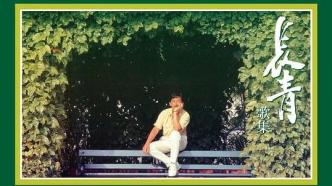
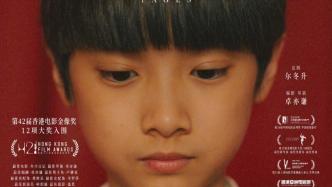
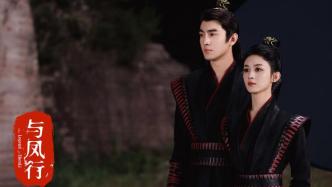


Comments